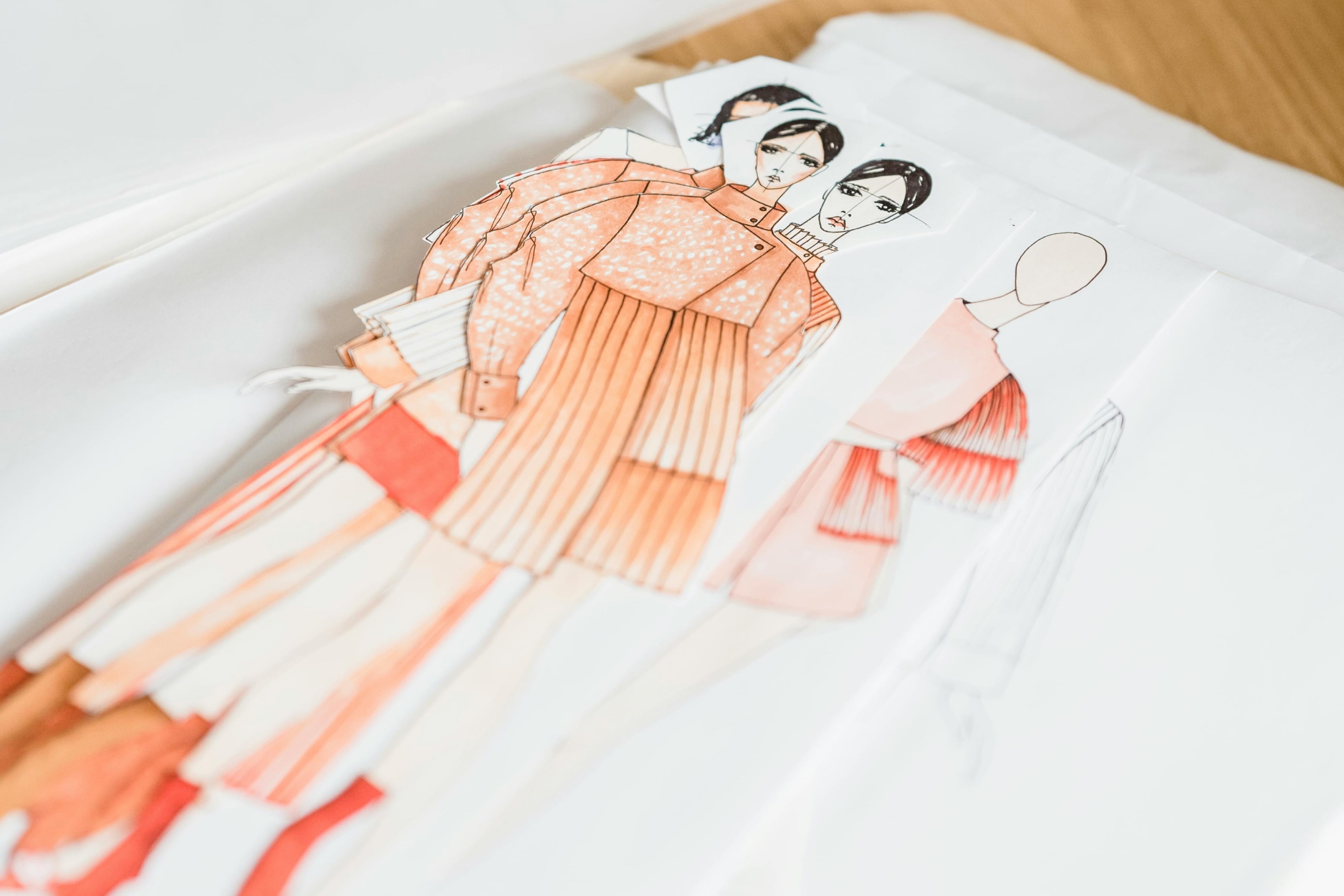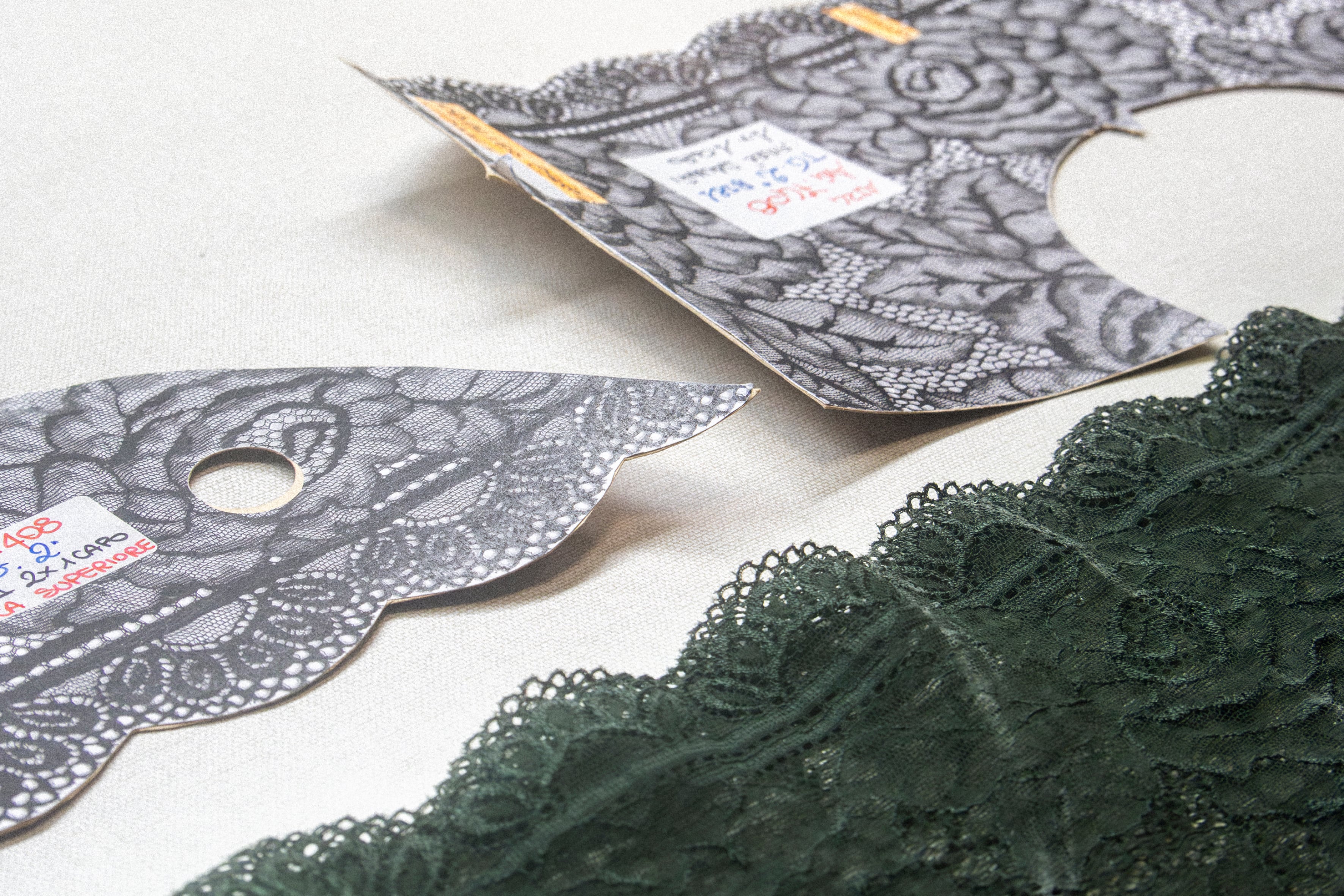
The value of Made in Italy: tradition, ethics and timeless style
There’s a way of dressing that doesn’t follow the fast pace of trends but stays true to what really matters: quality, care, and know-how. It’s the way Italy has always imagined its finest garments, where aesthetics meet substance. This is the true meaning of Made in Italy: not just a label printed on a tag, but a vision that sees every garment as the result of age-old expertise, skilled craftsmanship, carefully selected fabrics, and genuine respect for both maker and wearer. A system that values short supply chains, local production, and well-made work.
In a market dominated by speed and mass production, Made in Italy is a conscious choice. Rediscovering its value today means learning to think before we buy, to look beyond appearances, and to ask: who made this garment? What materials were used? Under what conditions? With which values?
Choosing Made in Italy fashion means returning meaning to what we wear. And it’s not a nostalgic or elitist decision, it’s a way to protect what truly matters: enduring quality, timeless beauty, and alignment between who we are and what we choose.
If you feel the need to slow down, to dress with greater awareness, and to reconnect with the idea of true beauty, you’re in the right place. In this article, we’ll take you on a journey through the authentic world of Made in Italy: what it means today, why it matters, and how it lives on through real actions. Because true Made in Italy is still alive and you can wear it every day.

Index
- Made in Italy: more than just a label
-
Italian style: shape, function and identity
- Short supply chains and Italian fashion: quality starts nearby
- Raw materials, lasting value: the secret behind Made in Italy
- Italian excellence: the people who keep Made in Italy alive
- Changing your lifestyle starting with what you wear
Made in Italy: more than just a label
Made in Italy is not just a cultural symbol, it’s a mark of identity. It’s what has made Italian fashion a global benchmark, not only for its aesthetics but for its very approach to dressing.
In the eyes of both Italians and the international public, Made in Italy stands for excellence. Those who seek it know it carries something deeper than just a garment, it embodies attention to detail, care, and a centuries-old manufacturing tradition that has withstood the shifts of global production. It’s no coincidence that it has become a globally recognized mark of trust. For many, buying a Made in Italy piece is an investment in beauty and quality.
But for Italy itself, Made in Italy is more than pride, it’s a heritage worth protecting. It’s what sets the Italian textile industry apart: a network of companies, artisans, yarn producers, manufacturers, and designers who still believe in local production, short supply chains, and social responsibility. That’s why simply adding a label isn’t enough, it must be earned. And that means meeting standards of transparency, traceability, material origin, and actual production location.
Italian style: shape, function and identity
Italian style is instantly recognizable. It’s that unique blend of understated elegance, harmonious proportions, and an almost instinctive attention to detail that defines Italian dressing around the world. It’s never flashy, nor careless, it’s a sense of balance built over time, one that transcends fleeting trends.
There’s no single definition of Italian style, but a few key traits make it unmistakable:
- a preference for clean lines and precise cuts that follow the body naturally;
- the use of neutral, refined color palettes that create harmony without monotony;
- visual sobriety that doesn’t suppress personality but avoids excess;
- a focus on high-quality materials, often natural, that elevate even the simplest pieces;
- a balance between tailoring tradition and contemporary practicality, resulting in versatile yet never ordinary garments.
Italian style is born from a culture of “dressing well” that’s deeply rooted in everyday life. It’s not a trend imposed from above, but a shared sensibility, the ability to choose what enhances the person, from colors to silhouettes. That’s why, abroad, it’s often synonymous with good taste.

In today’s global fashion landscape, where visual codes tend to blur, Italian style remains a point of reference. Not out of nostalgia, but because it offers an idea of beauty that’s not fleeting, one that stands out without needing to show off.
Why Made in Italy makes a difference for the modern woman
Today, dressing well is more than a matter of taste, it’s a real need. Modern women, professionals, mothers, entrepreneurs, travelers, need garments that can keep up with their fast-paced lives without compromising on quality or comfort. This is where the true value of Made in Italy clothing comes into play.
The strength of Made in Italy lies in its balance between aesthetics and functionality. A well-made garment isn’t just beautiful, it’s comfortable, practical, and versatile. It pairs easily, withstands frequent washing, and keeps its shape. It’s an investment that simplifies daily life, adds ease, and brings back the joy of getting dressed.
There’s also a deeper, less visible value: consistency with one’s personal beliefs. For many women, choosing garments made in Italy means supporting the local economy, preserving artisanal know-how, and promoting ethical production. It’s a way to feel good, not only in what you wear but in how it was made.
A thoughtfully curated wardrobe with just a few well-made Italian pieces can make a huge difference. A good dress, a sweater, or a shirt doesn’t just solve the question of what to wear, it reflects who you are and how you want to show up in the world.
Short supply chains and Italian fashion: quality starts nearby
Behind every well-made Italian garment lies a supply chain that works seamlessly. When production happens locally, with each stage handled nearby and direct communication between all parties involved, the result is tangible quality. The short supply chain is a cornerstone of Italian fashion ensuring attention to detail, control, and consistency.
To understand the value of this model, just look elsewhere. In delocalized production, now widespread, each step is outsourced to different suppliers, often in different countries, selected mainly based on cost. Timelines are rushed, materials are standardized, and working conditions are often opaque. The final quality suffers, as does the product’s durability, comfort, and coherence.
Italian fashion has always followed a different model, one where each stage is part of a shared vision, where everything is connected, and every detail has meaning. The short supply chain allows for more thoughtful selection of raw materials, respect for natural production times, and precise adjustments throughout the process. And all of this shows in the final result.

It’s also a forward-thinking choice. Reducing the distance between those who design and those who make the garments helps lower environmental impact, cut waste, and support local communities. It brings fashion back to its truest role: creating connections and telling meaningful stories.
Raw materials, lasting value: the secret behind Made in Italy
The quality of a garment begins with what it’s made of. That’s why, in authentic Made in Italy production, selecting the right materials is the first step in creating clothing that lasts over time, respects the body, and expresses a uniquely Italian sense of beauty and excellence.
Natural fibers have always been at the heart of Italian textile tradition. High-quality cotton, Merino wool, silk and linen, each fiber has distinct properties that influence comfort, appearance, breathability, and durability. Unlike synthetic materials, which are designed to be cheap and uniform, natural fibers retain a richness and depth you can feel by touch and appreciate with time.
Choosing noble fibers also means supporting fairer, more responsible production. These raw materials require careful handling and skilled craftsmanship. They cannot be industrialized without losing something essential. And it’s precisely that “something” that subtle difference you may not see at first glance but feel every time you wear it that distinguishes a well-made piece from one that quickly fades.

In the context of Made in Italy, materials become part of the message: a commitment to consistency between what is promised and what is delivered. That’s why a garment made from high-quality natural fibers becomes irreplaceable, not just in your wardrobe, but in the story it tells.
Italian excellence: the people who keep Made in Italy alive
Behind the success and credibility of Made in Italy are companies that, for decades, have carried forward a precise idea of fashion: made well, made in Italy, made to last. These are small or large businesses united by shared values like care, expertise, responsibility, showing that it’s possible to combine creativity and discipline, beauty and conscious production.
Brunello Cucinelli
A unique business model built on ethical work, human dignity, and precious materials. From knitwear to formalwear and accessories, everything is made in Italy. Cashmere, hand-finishing, and a deep respect for the land make Cucinelli a benchmark in sustainable luxury.
Oscalito
Founded in 1936, Oscalito is a true example of authentic Made in Italy. As featured in Vogue Italia, every stage of production takes place in-house, in the heart of Turin: short supply chain, in-house weaving, cutting, and tailoring. All garments are crafted exclusively from natural and noble fibers. The result is refined clothing that lasts over time while respecting both the skin and the environment.
Valextra
A high-end leather goods brand that has remained loyal to Milanese craftsmanship. Valextra’s handbags are clean, lightweight, and essential. Each piece is built with architectural precision, a symbol of quiet, yet unmistakable, beauty.
Fratelli Rossetti
In the footwear sector, they are among the few who still handcraft every shoe entirely in Italy. Fratelli Rossetti is synonymous with tradition, slow processes, and carefully selected materials. Their shoes combine elegance, comfort, and attention to detail, all thanks to a fully in-house production process.
Changing your lifestyle starting with what you wear
The way we dress says much more about us than we think. It’s not just about aesthetics or personal taste, but about daily choices that reflect a broader vision, one made of values, priorities and our relationship with time and the world around us.
Changing the way we dress might seem like a small thing, but it’s often the first step toward a deeper transformation. It means learning to recognize true quality, even starting with a simple garment, one that holds craftsmanship and substance within its threads. Just like the pieces in our Basic Woman’s and Basic Man's collections.
Made in Italy offers a way to return to this sense of balance. It’s not just a label to flaunt, but a culture to wear. A culture made of breathable materials, skilled hands, and beauty that endures. A reminder that even through clothing, we can choose who we want to be, every single day.







